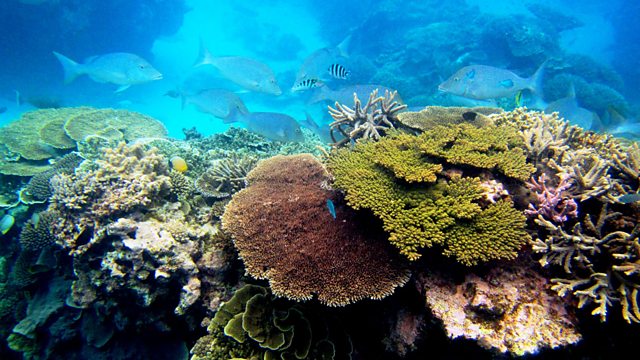Saving Coral
Marine Biologist Mary Hagedorn aims to save the coral reefs for future generations by adapting human in vitro fertilisation techniques to create a coral sperm bank.
Can the coral reefs be saved? Marine biologist Mary Hagedorn of the Smithsonian Institute in the United States is developing an innovative conservation technique that harnesses human in vitro fertilisation techniques, fishing nets and kayaks.
The world鈥檚 coral reefs could become extinct within the next 50 years as the oceans become warmer and more acidified. Local fishing and farming methods in many parts of the world also add to the threats to the health of the reef. Without coral reefs the worlds fish stocks will fall which will have economic and social consequences.
In order to save genetic material for future generations Mary Hagedorn tells Claudia Hammond about progress in cryopreservation for coral sperm, eggs and embryos and the challenges in reseeding the ocean, and the possibility of storing the coral bank in space.
(Photo: Coral. Credit: Rebecca Spindler)
Last on
Broadcasts
- Sat 31 Jan 2015 19:05GMT麻豆社 World Service Online
- Sun 1 Feb 2015 12:05GMT麻豆社 World Service Online

